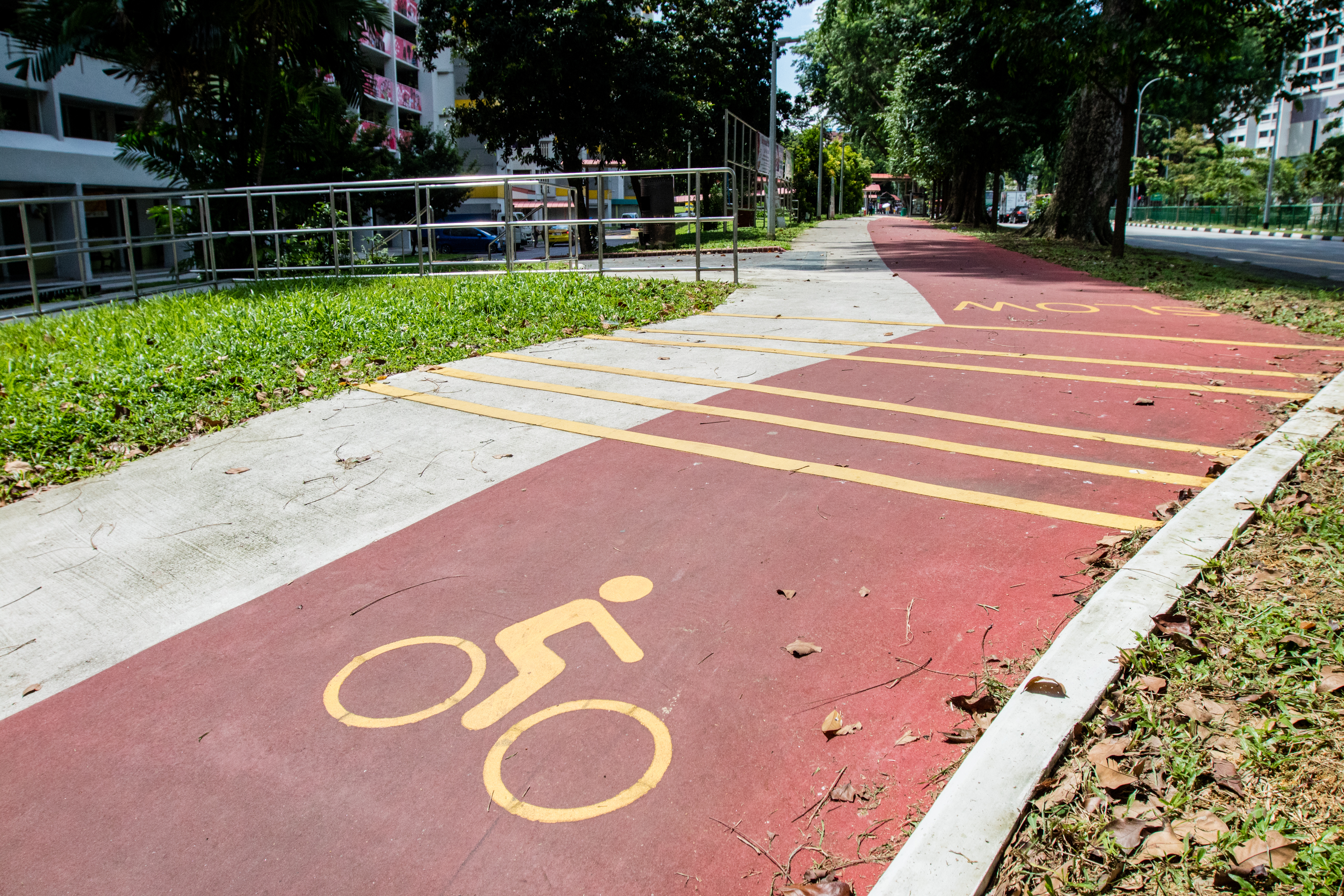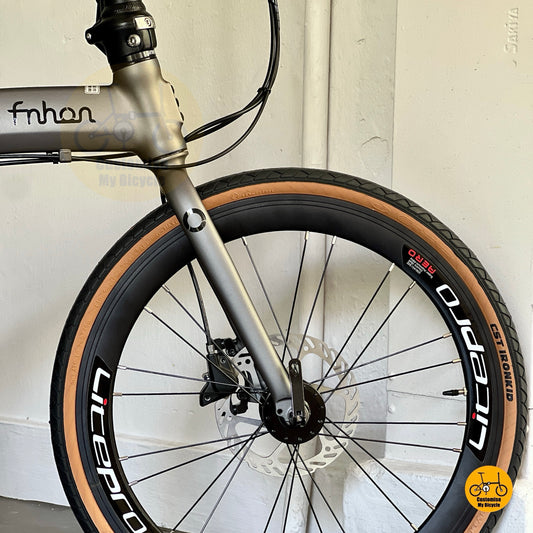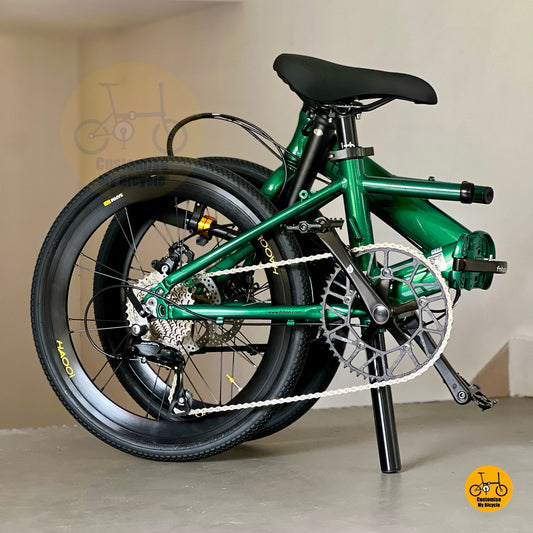
PCN vs. CPN: Did You Know Singapore Has Two Cycling Networks?
Cheng-San LokeShare
If you’re a cycling enthusiast in Singapore, chances are you’ve come across the Park Connector Network (PCN). Known for its scenic routes and well-maintained paths, the PCN is a popular choice for leisure cyclists and joggers. But did you know that Singapore also has a Cycling Path Network (CPN)? While both networks support cycling, they serve very different purposes. Let’s dive into the key differences and how they contribute to Singapore’s active mobility landscape.
What is the Park Connector Network (PCN)?
The PCN is a recreational network designed to connect parks, nature reserves, and green spaces across Singapore. It provides scenic trails perfect for leisure activities like cycling, jogging, and walking.
Key Features of PCN:
- Scenic and Recreational: Routes are designed to highlight Singapore’s natural beauty, from lush greenery to waterfront views.
- Interconnectivity: Links various parks and green spaces, offering a continuous recreational experience.
- Amenities: Includes rest stops, toilets, and bike rental kiosks for convenience.
- Popular Routes: East Coast Park Connector, Northern Explorer Loop, and Jurong Lake Connector.
The PCN is ideal for those looking to unwind, enjoy nature, or spend quality time outdoors with family and friends.

What is the Cycling Path Network (CPN)?
In contrast, the CPN focuses on functional cycling for daily commutes. It connects residential areas, MRT stations, and key amenities, making it easier for Singaporeans to integrate cycling into their everyday lives.
Key Features of CPN:
- Functional and Urban: Designed for commuting rather than recreation, with paths running alongside roads and through housing estates.
- Last-Mile Connectivity: Helps bridge the gap between homes, public transport, and workplaces.
- Safety: Includes clear markings, traffic signals, and dedicated lanes to ensure safety for cyclists and pedestrians.
- Key Towns: Tampines, Ang Mo Kio, and Punggol are examples of areas with extensive cycling paths.
The CPN supports Singapore’s goal of creating a car-lite society by encouraging active mobility.

Key Differences Between PCN and CPN
| Feature | PCN | CPN |
|---|---|---|
| Purpose | Leisure and recreation | Functional commuting |
| Location | Parks, green spaces, and waterfronts | Urban areas, along roads, and estates |
| Design | Scenic and nature-focused | Practical and direct |
| Users | Leisure cyclists, joggers, families | Commuters, active mobility users |
| Examples | East Coast Park Connector | Ang Mo Kio and Tampines cycling paths |
Why You Should Know the Difference
Understanding the difference between PCN and CPN can help you make the most of Singapore’s cycling infrastructure. Whether you’re planning a relaxing weekend ride or looking for a practical way to get to work, there’s a network tailored to your needs.
For leisure, the PCN offers picturesque trails where you can explore Singapore’s natural beauty. On the other hand, the CPN provides a reliable and eco-friendly commuting option for daily travel.
Singapore’s Vision for Active Mobility
Singapore has ambitious plans to expand both networks:
- The PCN currently spans over 500 km, with ongoing projects like the Round Island Route, a 150 km loop connecting various parts of the island.
- The CPN is set to cover 1,300 km by 2030, making cycling an integral part of daily commutes.
These efforts aim to create a seamless, safe, and enjoyable experience for all users, whether they are cycling for fun or function.
Explore Both Networks Today
The next time you grab your bike, think about whether you’re in the mood for a scenic adventure or a practical commute. Whichever you choose, Singapore’s PCN and CPN ensure that cycling remains a convenient and enjoyable way to get around.
Ready to start your cycling journey? Grab a quality folding bike from Customise My Bicycle and explore these amazing networks today!








